Year 3, Lesson 1.2: What is citizenship?
Unit Learning Goal
Students will explore what it means to be a good citizen in different contexts—including local, national, and global—and will examine how responsibilities to self, others, and society shape ethical decision-making and civic identity.
Lesson Goal
Students will be able to articulate their personal responsibilities across various domains and analyze how these responsibilities influence their roles as citizens.
Assessment
Monitor participation and responses during the "Rings of Responsibility" activity to assess understanding of personal responsibilities.
Evaluate Exit Tickets (see Option A and Option B below) for insights into students' comprehension of the interplay between personal responsibilities and citizenship.
Casel Alignment
Self-Awareness, Social Awareness, Responsible Decision-Making
Portfolio Documentation
Resources
Rings of Responsibility Online Activity Link (if using in place of handout)
Excerpts from the Good Project's citizenship blogs (or full blogs here)
Prerequisites
Preferably completion of Year 1 and Year 2 of The Good Project Lesson Plans
Total Time
45 minutes
Instructions
1. Opener: Understanding Responsibility [5 minutes]
Ask: "To whom or what do you feel responsible in your life?"
Remind students that responsibilities can shift with age, context, and current events.
Reintroduce the concept of the "Rings of Responsibility," visualizing responsibilities as concentric circles:
Self
Others (family, friends, peers)
Community (school, neighborhood)
Society (nation, world)
Show an image of the Rings of Responsibility on the board or slide deck, or optionally, play the Rings of Responsibility video if students need additional explanation.
2. Activity: Mapping Personal Responsibilities [15 minutes]
Distribute the Rings of Responsibility Handout or provide access to the online activity link.
Instruct students to reflect on their own lives and fill in each ring with specific people or groups they feel responsible toward. Examples:
Self: Maintaining health and well-being
Others: Supporting family, being a good friend
Community: Participating in school events, helping neighbors
Society: Advocating for global causes, staying informed
Encourage reflection on overlapping responsibilities across rings.
Optional: If using the online version’s “Event Code” option and time allows, discuss patterns seen across students' responses.
3. Discussion: Responsibility in Citizenship [15 minutes]
Divide students into small groups of 3–4.
Distribute the Good Citizenship Blog Excerpts Handout.
In groups, students will read their assigned excerpt and discuss:
How does the concept of responsibility relate to being a good citizen?
Can you identify examples from the excerpt where individuals balance multiple responsibilities?
Do you think being a responsible citizen means putting others' needs ahead of your own? Why or why not?
Example: Is it important to stand up for a cause you believe in—even when it conflicts with work or family duties?
How do personal responsibilities influence one's engagement in the broader community or society?
Reconvene as a class. Time permitting, select 1–3 groups to briefly share key insights. (1 minute per group)
Tip: Consider allocating 15 minutes for discussion and 5 minutes for share-out, adjusting time from the opener if needed.
4. Closing and Exit Ticket [5 minutes]
Choose one of the following prompts depending on available time and student readiness.
Option A (for more time or deeper reflection):
Describe a time when you had to make a difficult decision and how your choice affected each Ring of Responsibility in your life.
Bonus: Were you able to support all rings in your solution to the situation? Was this intentional or by chance? If not, what might you have done differently?
Option B (for shorter reflection time): What is something that stuck with you from today's discussion? Did you have a new realization about responsibility or citizenship?

